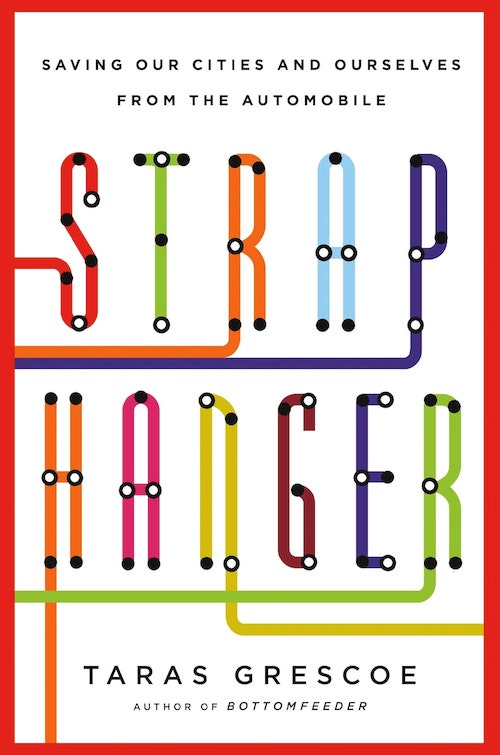
I moved from Los Angeles to Seoul a bit over six years ago, and it wouldn’t be much of an exaggeration to say I did so because Seoul has the better subway system. It still surprises some people to hear that Los Angeles, a city globally perceived as synonymous with American “car culture,” has a subway system at all. Yet the city put into service the first of its modern urban rail lines in 1990, and four or five more have opened since. Though still inadequate to the size of its territory, Los Angeles Metro Rail as a whole tends favorably to impress the visitors who ride it. Those visitors include no less a public-transit connoisseur than Taras Grescoe, whose tough-but-fair evaluation constitutes a chapter of his book Straphanger: Saving Our Cities and Ourselves from the Automobile, first published in 2012.
Back then I was still living in Los Angeles, and indeed first having my eyes opened to the urban itself. Lacking experience of adult life within a major city proper, I was intoxicated with the possibilities newly opened to me: that, for instance, of catching a subway train to Little Tokyo from my home in Koreatown whenever I pleased. The vague notion I had of buying a car once I got to “L.A.” soon evaporated, and I began avidly to track the progress of not just Metro’s construction but also the city’s development in general, especially where it produced greater density. Even then it would have been difficult for me not to like Straphanger, which offers clear-eyed assessment of Los Angeles’ urban condition as well as evocative accounts of travel and transit in about a dozen other world cities, from New York and Toronto to Copenhagen and Shanghai.
Read the whole thing at Substack.